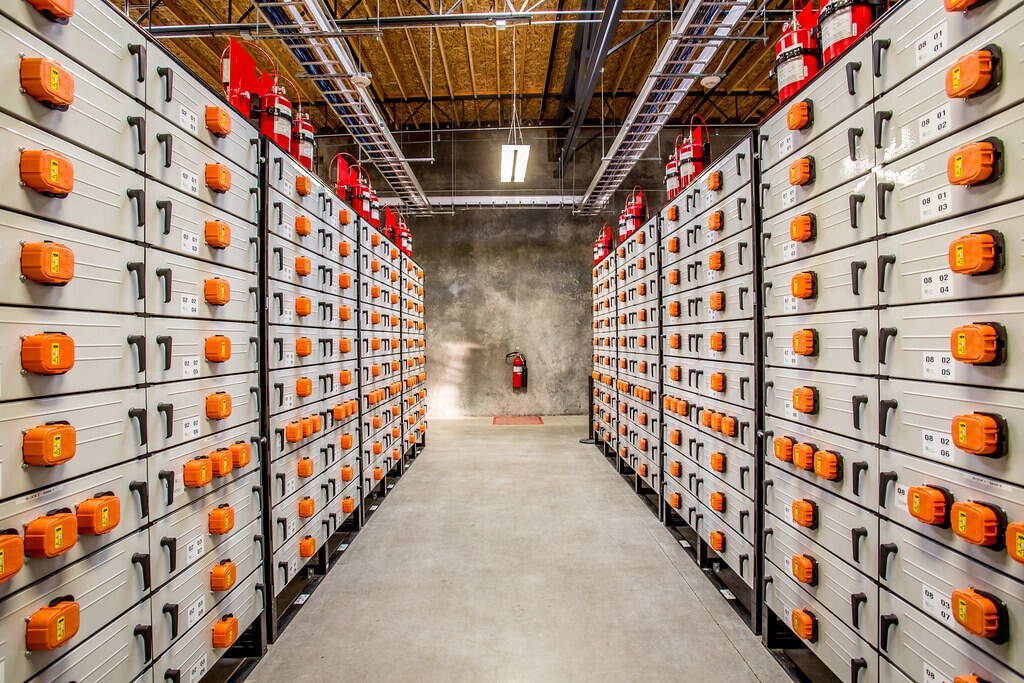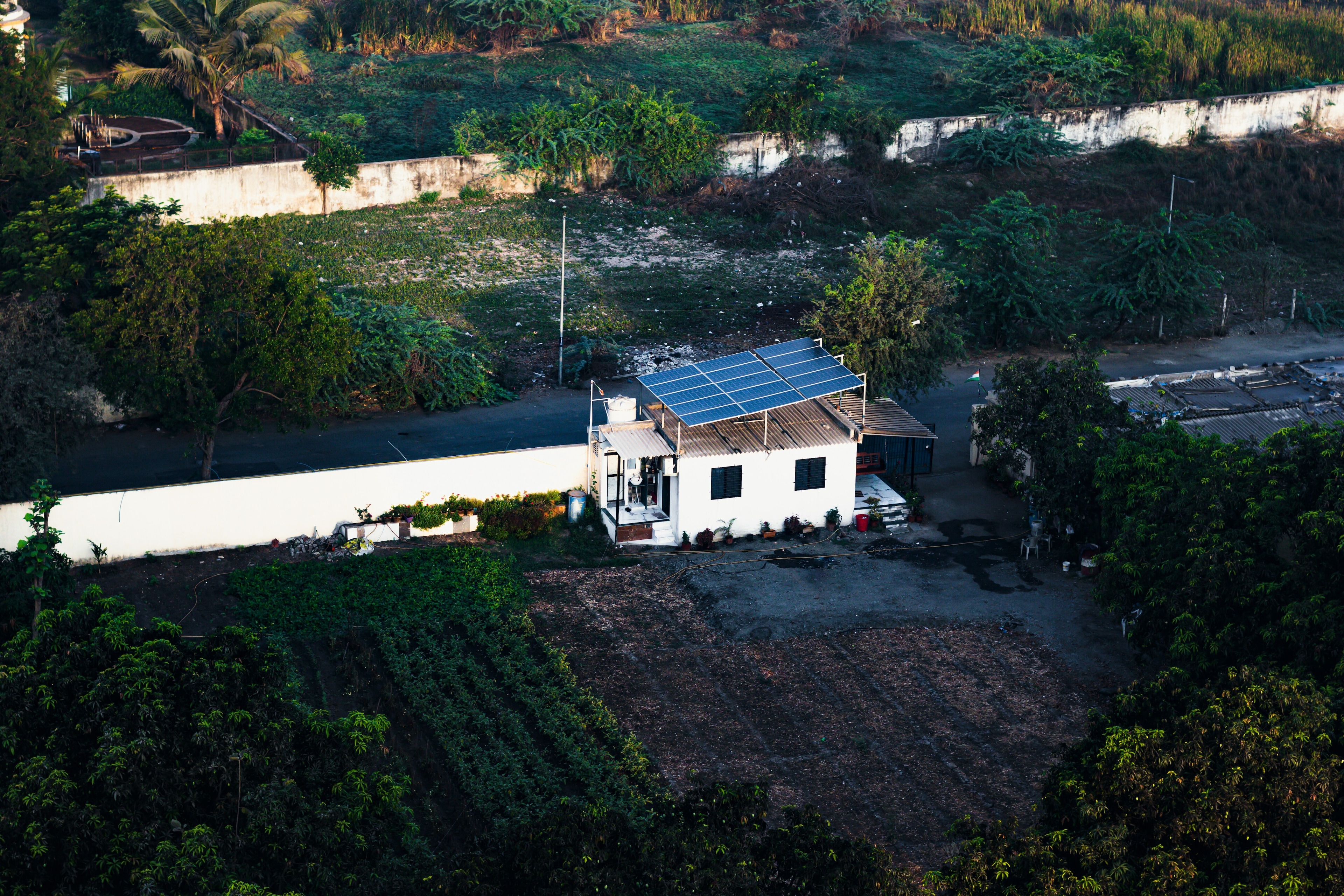Global collaboration boosts green hydrogen and could spur more green energy partnerships

Public and private institutions must collaborate to achieve the technical breakthroughs required to develop renewable fuels, like green hydrogen. Image: Unsplash/NASA

Get involved with our crowdsourced digital platform to deliver impact at scale
Stay up to date:
Energy Transition
Listen to the article
- Public and private institutions must collaborate to achieve the technical breakthroughs required to make renewable fuels, such as green hydrogen, broadly available.
- But these partnerships don’t happen by accident — a focus on innovation and a commitment to advancing the state of knowledge is essential.
- Strategic partnerships that combine the right expertise and aligned incentives are essential; when that happens we can achieve important milestones that move the world forward.
Sharply reducing emissions on a global scale is a daunting task. Aside from reaching an agreement on how to tackle and fund climate initiatives, public and private institutions must also collaborate to achieve the technical breakthroughs required to make renewable fuels, such as green hydrogen, broadly available.
Agilent’s partnership with an energy institute in China shows the importance of such cooperation in achieving these breakthroughs. But they don’t happen by accident — a focus on innovation and a commitment to advancing the state of knowledge is essential.
Agilent is a life science technology company spun off from HP during one of the most innovative periods in recent tech history.
We have the benefit of collaborating with scientists worldwide, and we combine our established expertise in lab instrumentation, technology and analytics with the leading-edge insight of those working at the forefront of scientific inquiry, such as China’s SINOPEC Research Institute of Petroleum Processing (RIPP).
Founded in 1956 and based in Beijing, RIPP is a comprehensive research and development organization specializing in petroleum refining and petrochemical engineering.
How is the World Economic Forum fighting the climate crisis?
Breaking down barriers
We worked with RIPP to address a barrier to the broader adoption of hydrogen fuel: a lack of reliable methods to detect impurities in the gas. Gas impurities are a problem because they can damage hydrogen fuel cells, rendering them useless as an energy source for automobiles. Moreover, the gas must be tested throughout the value chain to ensure it remains stable, from the hydrogen production process to the fuel pump used by consumers.
To address this, RIPP and Agilent scientists worked together to find a better way to detect and measure these impurities. Drawing on Agilent’s advanced analysis instrument platform, RIPP developed a novel and sophisticated analysis schema down to the parts per billion level.
The results were impressive. RIPP’s schema consistently detected impurities in the gas with a 2% or less relative standard deviation at approximately several parts per billion, reaching uncommon levels of precision.
China is now poised to implement this testing method at scale and build out its hydrogen production infrastructure — a critical step to making green hydrogen a viable alternative energy source. RIPP has already employed these methods for the first hydrogen fuel vehicle refuelling station laboratory in China. The method has also been accredited by China’s assessment and measurement bodies and it has been implemented in several laboratories.
Importantly, this breakthrough will benefit all countries seeking to reduce their carbon emissions. The testing methods discovered through this collaboration can be applied anywhere, once approved by regulators and standards boards.
What can others learn from this successful partnership? Having a culture of innovation is critical, as is having enough humility to realize we can’t solve these problems alone. Strategic partnerships that combine the right expertise and aligned incentives are essential. When that happens, we can achieve important milestones that move the world forward.
Don't miss any update on this topic
Create a free account and access your personalized content collection with our latest publications and analyses.
License and Republishing
World Economic Forum articles may be republished in accordance with the Creative Commons Attribution-NonCommercial-NoDerivatives 4.0 International Public License, and in accordance with our Terms of Use.
The views expressed in this article are those of the author alone and not the World Economic Forum.
Related topics:
The Agenda Weekly
A weekly update of the most important issues driving the global agenda
You can unsubscribe at any time using the link in our emails. For more details, review our privacy policy.
More on Energy TransitionSee all
Jesse Saldivar, Alaina Ladner, Marc Starkey and Brittany Syz
May 13, 2024
Fahad Al-Dhubaib
May 10, 2024
Prasad Thakur and Labanya Prakash Jena
May 10, 2024
Jennifer Rosen
May 10, 2024
Roberto Bocca
May 8, 2024






